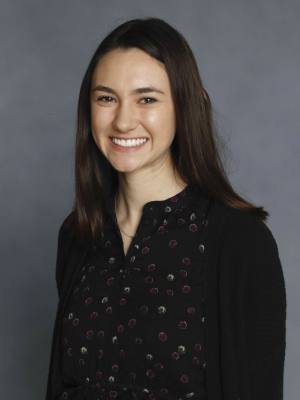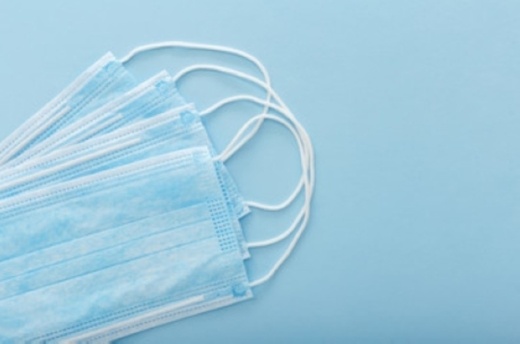The board extended its Aug. 23 COVID-19 resolution with the added requirement for administration to investigate and report to the board additional mitigation resources. The resolution and mask requirement was extended to Dec. 31 in a 5-2 vote with board members Aaron Johnson and Elexis Grimes in opposition.
LISD's continued mask requirement began Aug. 18 after Superintendent Bruce Gearing's Aug. 17 order. The requirement includes an option for parents or guardians to opt their students out.
Johnson said that while he supports actions like finding effective ventilation solutions in buildings, the resolution provides support rather than giving the superintendent authority that Gearing does not already have.
“I don’t think the resolution actually is a mask mandate, but I think it has been used to justify our mask mandate or to show support for a mask mandate,” Johnson said.
Board member Gloria Gonzales-Dholakia agreed with Johnson and said it allows board members to give support or express a lack of support for the requirement.
Discussion of increased protocols
During the meeting, board members discussed campus protocols for allowing parents or community members to bring air purifiers to classrooms or for allowing students to eat lunch outside. Trustees asked for further information on improving air ventilation at campus buildings.
Gearing said the district has not determined how much air purifiers or added air-cleaning technology would cost or how they would be funded. Information, such as this, would be provided to the board of trustees per the amended resolution.
Jimmy Disler, LISD’s chief facilities officer, said classrooms typically turnover air about five or six times per hour depending on whether it is equipped with a MERV 11 or MERV 13 rated air filter. Disler said school air conditioning systems run two hours before school starts, during the school day and two hours after school ends. The MERV (Minimum Efficiency Reporting Values) rating system runs from 1 to 16, with higher-rated filters capturing more particles.
“We’re taking the extra steps to get fresh air into our buildings to make sure it is a safe environment,” Disler said.
John Graham, LISD’s assistant superintendent of campus activities and support, said each campus is unique in its staff resources, cafeteria facilities and cafeteria locations. Because of this, the district does not have a protocol to provide opportunities to eat meals outside, but it encourages and recommends outdoor meals if there are no limitations.
“It is not as easy as saying everyone has the opportunity to eat outside,” Graham said. “Our principals are taking the measures necessary...but principals know their campuses better than I do, and it’s important that principals have some flexibility based on how their campuses are designed and what they have on their campuses.”
COVID-19 cases and recommendations
The district has reported 170 positive cases among students and staff since Sept. 6. Since Aug. 5, there have been 1,086 total reported cases, according to the district’s online dashboard. This total includes 25 probable cases.
The district has closed 25 elementary school classrooms and three sixth-grade levels across the district due to COVID-19 clusters, as of the Sept. 9 meeting. The district is currently averaging about 30 new cases per day, Graham said. This is a decrease from a 50-case average in prior weeks.
On Aug. 23, Williamson Counties and Cities Health District recommended LISD campuses close for 10 days to mitigate a COVID-19 case surge.
Trustee Jim MacKay said he is uncomfortable with some decisions being made and frustrated that more had not been done already to improve air ventilation and purification.
“At least, let’s stop saying that student safety is our number one priority if we’re not going to shut down for 10 days and listen to the health department,” MacKay said.
Gonzales-Dholakia said closing all schools for 10 days would be unfeasible for some families and would remove food opportunities for some students and that strategies like closing select classrooms or grade levels and increased social distancing should continue.
“I think when we talk about shutting down this entire school district, we have to think about how we’re going to take care of everybody and all the places they are—how we’re going to get them laptops, how we’re going to get them food, how we’re going to get them services in all of those places,” Gonzales-Dholakia said.





